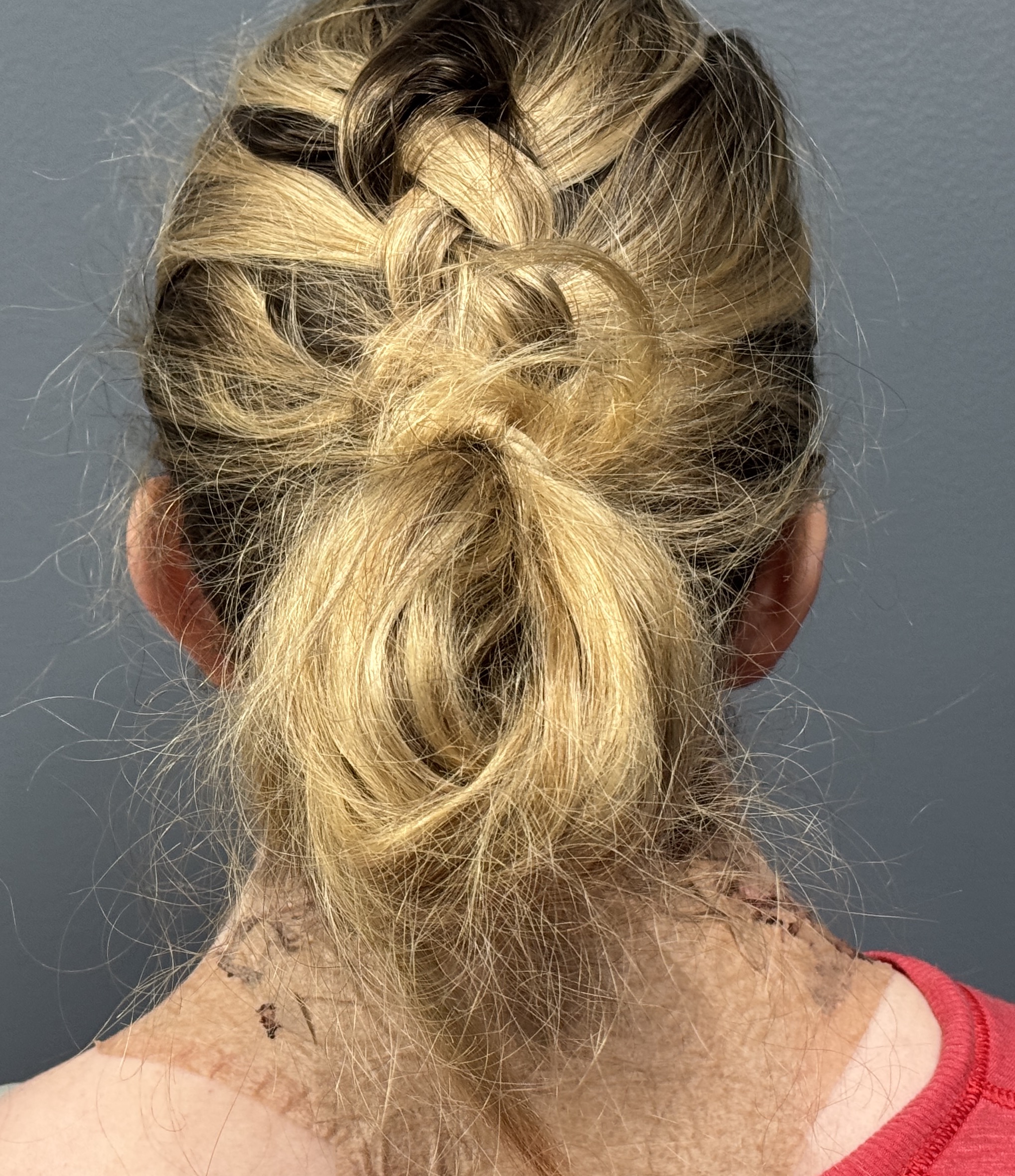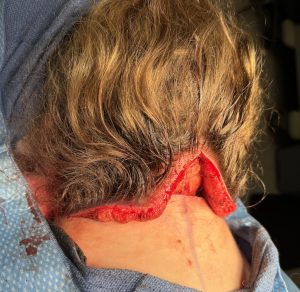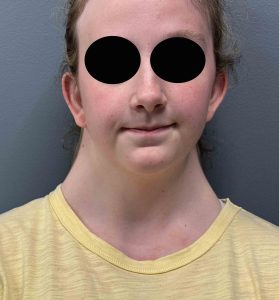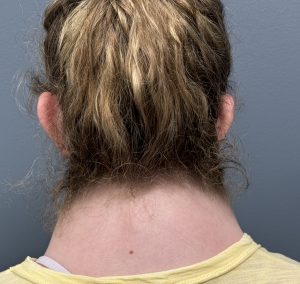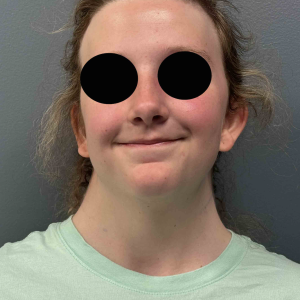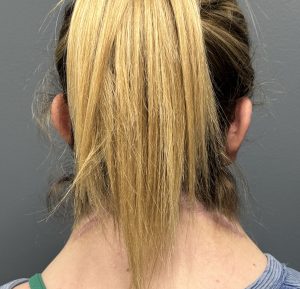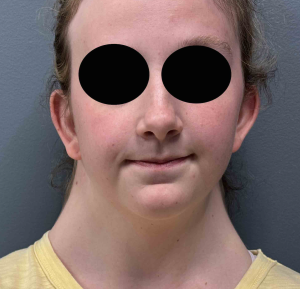Background: The webbed neck is a congenital deformity that can be challenging to treat due to the broad upper trapezius muscle area. While the webs are often perceived as being completely composed of excess skin, it is the broader trapezius muscle that precludes achieving a completely straight neck line from any webbed neck surgery technique. Lack of a perfectly normal looking neck does not preclude, however, visible benefits that are achievable with webbed neck surgery.
A variety of webbed neck surgery techniques have been put forth, historically based laterally over the webs, and more recently behind the webs. In these more posterior approaches the resultant scars can end up behind the webs in different line patterns based on the surgical technique used. What separates these posterior webbed neck approaches is the geometric shapes of the skin/scalp excision as well as what manipulations are done to the underlying trapezius muscle. Besides the resultant scar patterns it is not clear if any of them provide significant improvement over the others in reducing the webbed neck appearance or whether any difference occurs in the percent of relapse rate amongst them.
Having done different types of posterior approaches I prefer either the invert T or diamond technique each with their own advantages and disadvantages. The inverted T pattern uses a central triangular (half diamond) excision with medialization of the lateral neck webs along the low horizontal incision lines.
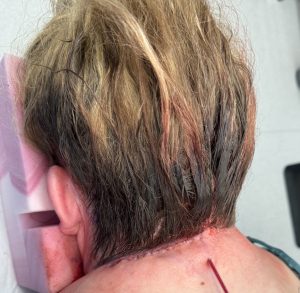
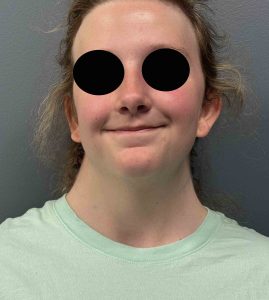
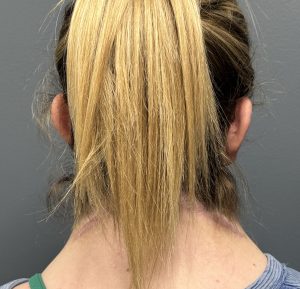
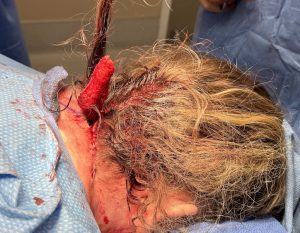
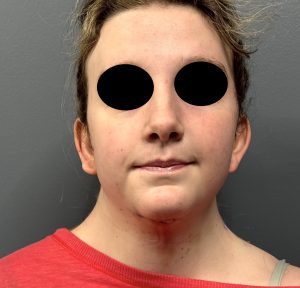
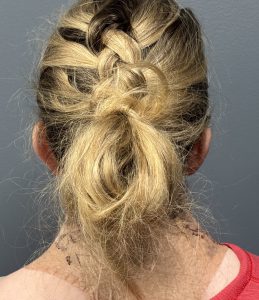
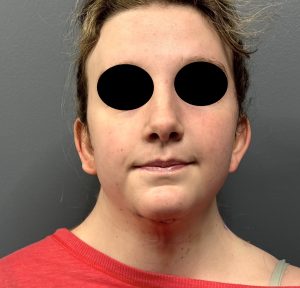
Key Points
1) Primary webbed neck surgery ususualy produces about a 50% reduction in the appearance of the neck webs.
2) A second webbed neck surgery can make further improvements in the appearance of the webs.
3) The inverted T pattern webbed neck technique allows for secondary surgery using the horizontal limbs for further medial movement of the outer webs.
Dr. Barry Eppley
World-Renowned Plastic Surgeon

